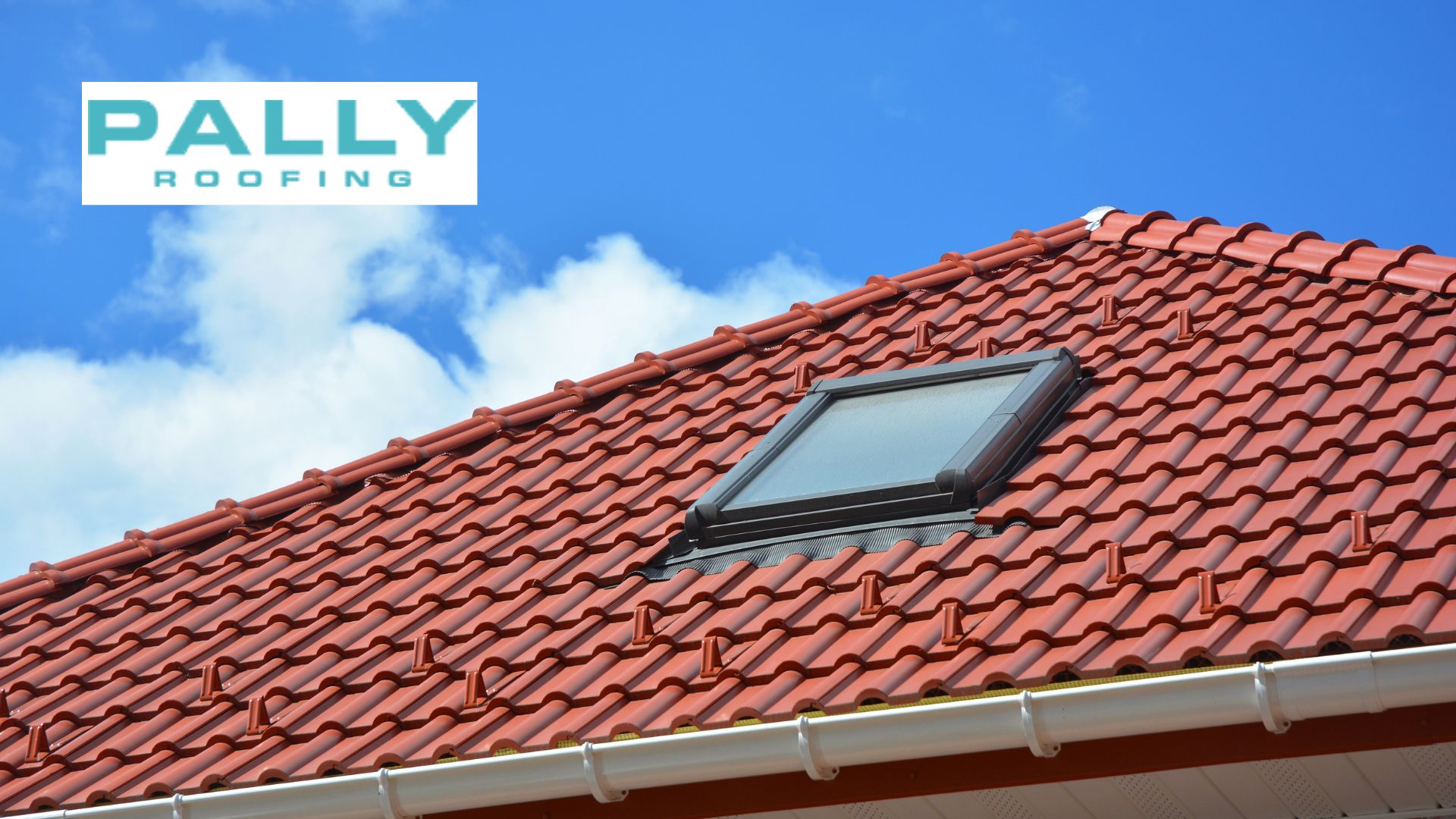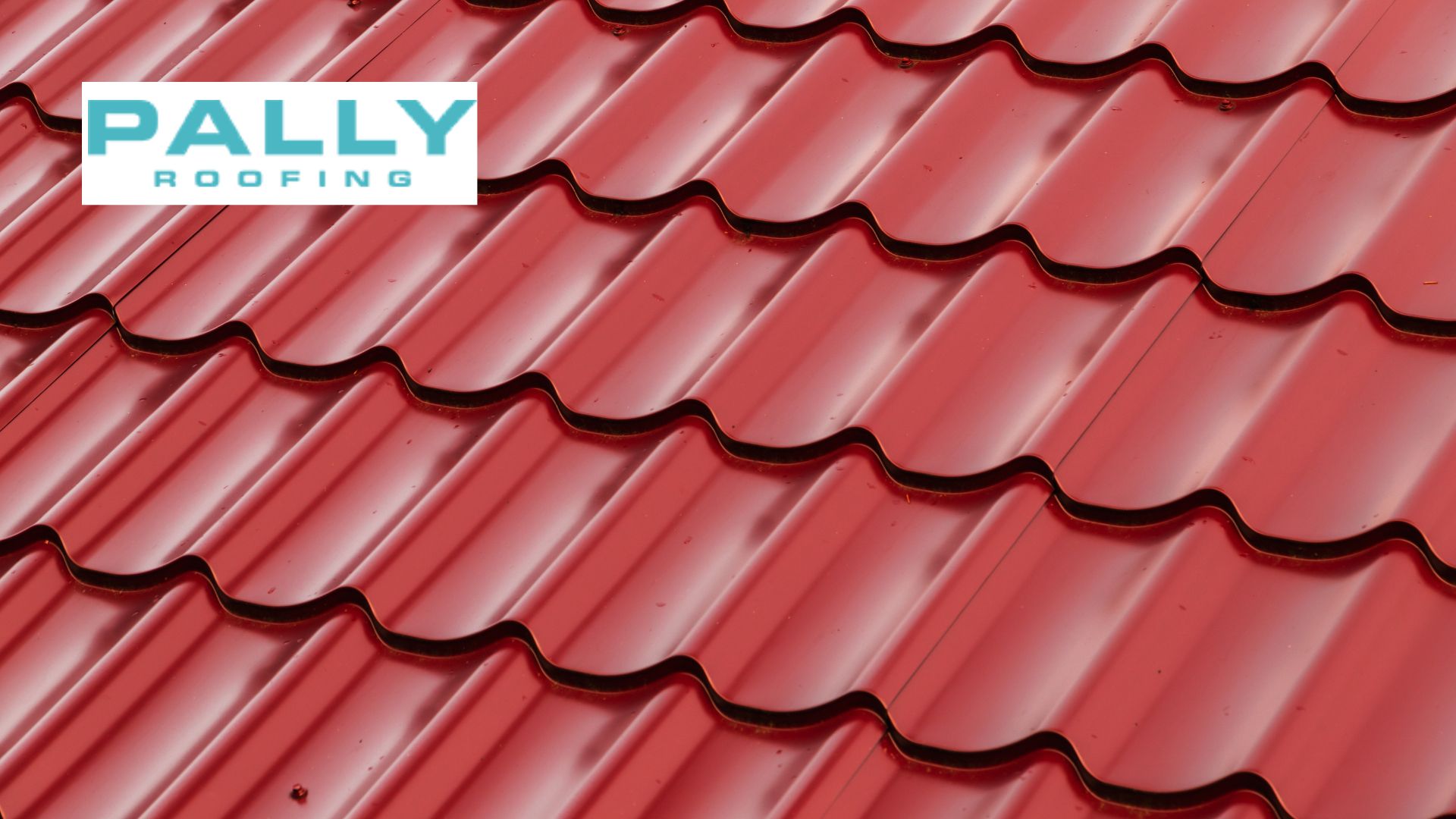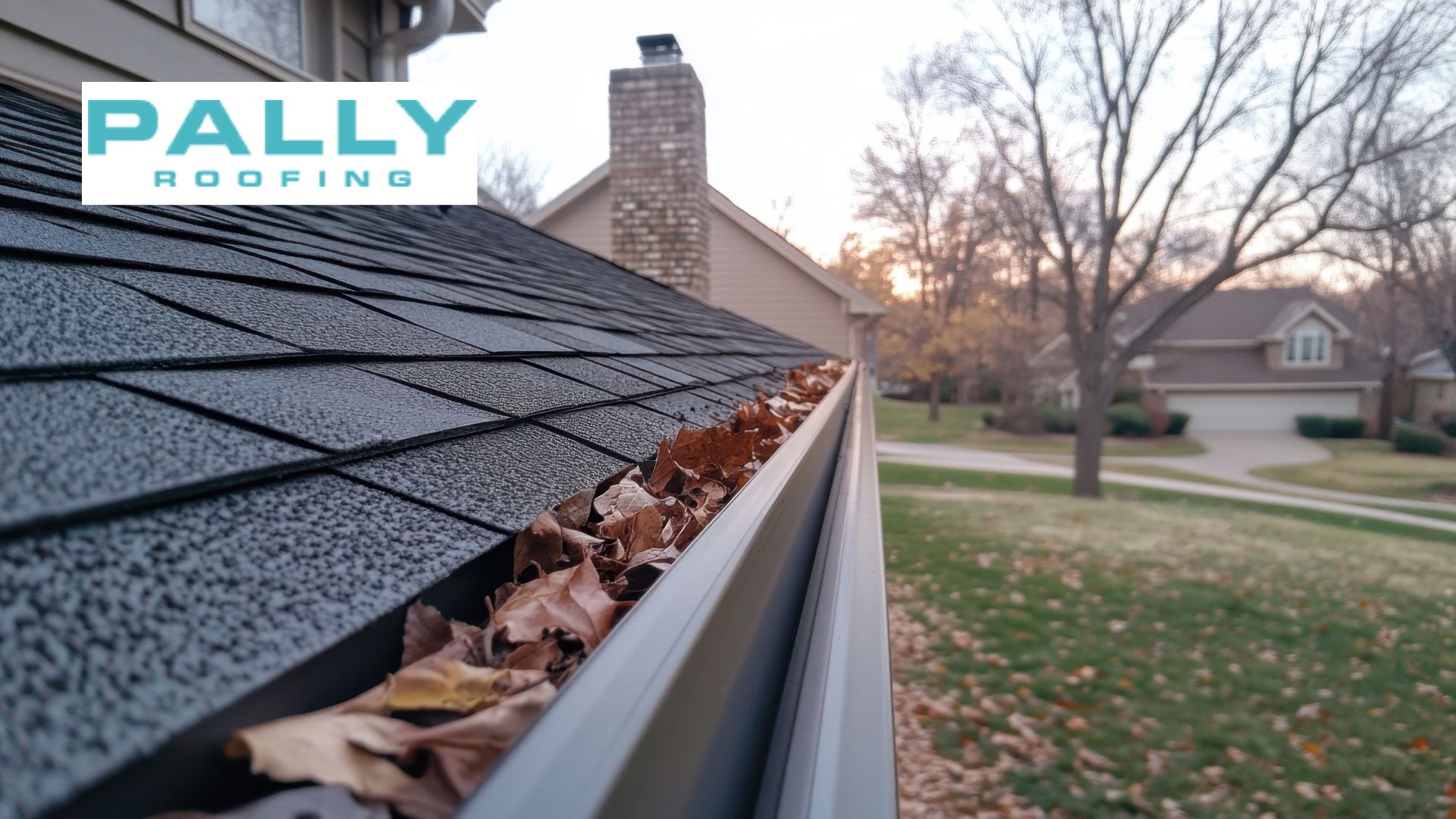Last updated on August 27th, 2024 at 04:20 pm
Clear roofing panels are a modern roofing solution designed to allow natural light to penetrate buildings while providing essential protection from the elements. Made from materials such as polycarbonate, acrylic, and fiberglass, these panels are known for their transparency, durability, and versatility.
Table of Contents
Clear roofing panels offer a unique blend of functionality and aesthetic appeal, making them an attractive choice for a wide range of applications.
Importance and Growing Popularity in Residential and Commercial Settings
In recent years, clear roofing panels have seen a surge in popularity in both residential and commercial settings. Homeowners appreciate the ability to brighten interiors with natural light, reducing the need for artificial lighting and creating a more inviting living space.
Clear roofing panels are particularly popular in areas like sunrooms, patios, and greenhouses, where light is a key component of the structure’s functionality and appeal.
In commercial settings, clear roofing panels are being used in warehouses, office buildings, and retail spaces to enhance the working environment, boost employee productivity, and reduce energy costs.
The ability to incorporate natural light into large commercial spaces not only improves the ambiance but also contributes to significant energy savings by reducing the reliance on electric lighting.
The purpose of this blog is to provide a comprehensive guide to clear roofing panels. We aim to inform readers about the various types of clear roofing panels available, their benefits, and the installation process.
Additionally, this blog will cover maintenance tips, cost considerations, and real-world examples of clear roofing panels in use. Whether you’re a homeowner considering an upgrade or a business owner looking to enhance your commercial space, this blog will offer valuable insights to help you make an informed decision about incorporating clear roofing panels into your next project.
What are Clear Roof Panels?
Clear roofing panels are translucent or transparent roofing materials designed to allow natural light to enter buildings while providing protection from the elements. These panels are commonly used in applications where natural light is beneficial, such as greenhouses, sunrooms, patios, and commercial spaces.
Types of Materials Used
-
Polycarbonate Panels
- Description: Polycarbonate is a strong, lightweight thermoplastic known for its high impact resistance and transparency.
- Advantages: Excellent UV protection, high durability, and resistance to extreme temperatures and impacts.
- Common Uses: Greenhouses, skylights, patios, and commercial buildings.
-
Acrylic Panels
- Description: Acrylic, also known as plexiglass, is a transparent thermoplastic that offers good optical clarity and weather resistance.
- Advantages: High light transmittance, resistance to yellowing, and ease of installation.
- Common Uses: Sunrooms, windows, skylights, and decorative roofing.
-
Fiberglass Panels
- Description: Fiberglass roofing panels are made from reinforced plastic, combining transparency with strength.
- Advantages: Lightweight, corrosion-resistant, and available in various translucency levels.
- Common Uses: Industrial buildings, greenhouses, carports, and agricultural structures.
Comparison with Traditional Roofing Materials
- Natural Light Transmission
- Clear Roofing Panels: Allow significant natural light to enter, reducing the need for artificial lighting and enhancing indoor environments.
- Traditional Roofing Materials: Typically opaque, blocking natural light and requiring additional lighting solutions.
- Energy Efficiency
- Clear Roofing Panels: Contribute to energy savings by reducing the need for electric lighting and heating in some cases.
- Traditional Roofing Materials: Generally less energy-efficient due to the lack of natural light transmission and potential for greater heat loss.
- Aesthetic Appeal
- Clear Roofing Panels: Offer a modern, sleek appearance that can enhance the visual appeal of both residential and commercial buildings.
- Traditional Roofing Materials: Available in a variety of styles but often lack the unique visual impact of clear panels.
- Durability and Maintenance
- Clear Roofing Panels: Highly durable with resistance to UV rays, impacts, and harsh weather conditions; however, they may require regular cleaning to maintain transparency.
- Traditional Roofing Materials: Vary in durability; some materials like asphalt shingles may require more frequent maintenance and replacement.
- Installation
- Clear Roofing Panels: Generally lightweight and easier to install, often requiring fewer structural modifications.
- Traditional Roofing Materials: Heavier and may require more complex installation processes and additional structural support.
Clear roofing panels offer a compelling alternative to traditional roofing materials, particularly in applications where natural light and modern aesthetics are desired.
Maintenance Tips for Clear Roofing Panels
Regular Cleaning
To maintain the transparency and effectiveness of clear roofing panels, regular cleaning is essential. Here are some recommended cleaning products and methods:
- Cleaning Products: Use mild soap or detergent mixed with water to gently clean the panels.
- Avoid Abrasives: Do not use abrasive cleaners or scrubbing pads that could scratch the surface.
- Soft Cloth or Sponge: Use a soft cloth or sponge to apply the cleaning solution and remove dirt or debris.
- Rinse Thoroughly: Rinse the panels thoroughly with clean water to remove any remaining soap residue.
- Frequency: Clean the panels at least twice a year or as needed, depending on the environmental conditions and level of dirt accumulation.
Inspection and Repairs
Regular inspection helps identify and address common issues before they escalate. Here’s how to inspect and manage repairs:
- Cracks and Damage: Inspect the panels for cracks, chips, or other signs of physical damage.
- Leaks: Check for signs of leaks, such as water stains or dripping during rainfall.
- Discoloration: Monitor for discoloration, which may indicate UV damage or aging of the panels.
- Addressing Issues: Promptly repair cracks or leaks using appropriate sealants designed for clear roofing panels.
- Professional Inspection: Consider periodic inspections by a professional to assess the overall condition and identify hidden issues.
Preventive Measures
Protecting clear roofing panels from debris and impacts helps extend their lifespan and maintain their appearance:
- Debris Removal: Regularly remove leaves, branches, and other debris that can accumulate on the panels and block light transmission.
- Trim Nearby Trees: Trim branches that overhang or may drop debris onto the panels during windy conditions.
- Impact Protection: Install protective barriers or screens to prevent heavy objects or hail from damaging the panels.
- UV Protection: Apply UV protective coatings or films to minimize UV damage and extend the lifespan of the panels.
- Weather Protection: Ensure panels are properly installed and sealed to withstand weather extremes and prevent water infiltration.
By following these maintenance tips, you can prolong the life of your clear roofing panels, ensure optimal performance, and maintain their aesthetic appeal over time. Regular cleaning, inspections, and preventive measures are key to enjoying the benefits of natural light while protecting your investment in clear roofing panels.
Cost Considerations
Initial Costs
Clear roofing panels vary in cost depending on the material and installation requirements:
- Material Costs: Polycarbonate panels tend to be more expensive initially due to their durability and UV protection properties. Acrylic panels offer good optical clarity at a moderate cost, while fiberglass panels are often the most cost-effective option.
- Installation Expenses: Installation costs can vary based on the complexity of the project, roof size, and location. DIY installation may reduce labor costs but requires careful attention to ensure proper sealing and structural support.
Long-Term Savings
Investing in clear roofing panels can lead to significant long-term savings:
- Reduced Energy Bills: Natural light reduces the need for electric lighting during daylight hours, lowering energy consumption.
- Minimal Maintenance Costs: Compared to traditional roofing materials like asphalt shingles or tiles, clear roofing panels require less maintenance and replacement over their lifespan.
- Durability Benefits: High durability and resistance to weathering contribute to extended lifespan, reducing lifecycle costs.
Cost Comparison with Other Roofing Materials
Clear roofing panels offer competitive pricing compared to traditional roofing materials:
- Versus Metal Roofs: Clear panels may have lower initial costs and comparable long-term benefits in terms of energy efficiency and durability.
- Versus Asphalt Shingles: Initial costs may be higher, but savings on energy and maintenance can offset this over time.
- Versus Glass Skylights: Clear panels provide similar natural light benefits at a fraction of the cost of glass, making them a cost-effective alternative.
Case Studies and Examples
Residential Projects
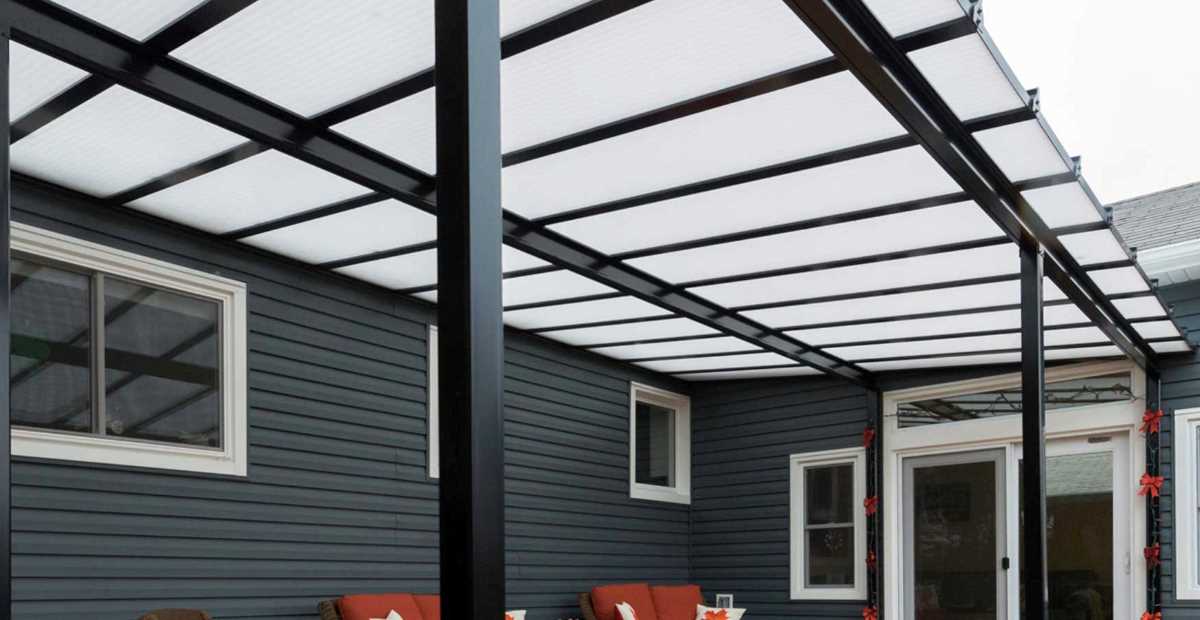
Homeowners have experienced numerous benefits from installing clear roofing panels:
- Increased Natural Light: Enhances indoor spaces such as sunrooms or living areas with ample daylight, creating a more open and inviting atmosphere.
- Energy Efficiency: Reduces reliance on artificial lighting, leading to lower electricity bills and enhanced comfort.
- Aesthetic Appeal: Modernizes the home’s appearance while blending seamlessly with various architectural styles.
Commercial and Industrial Applications
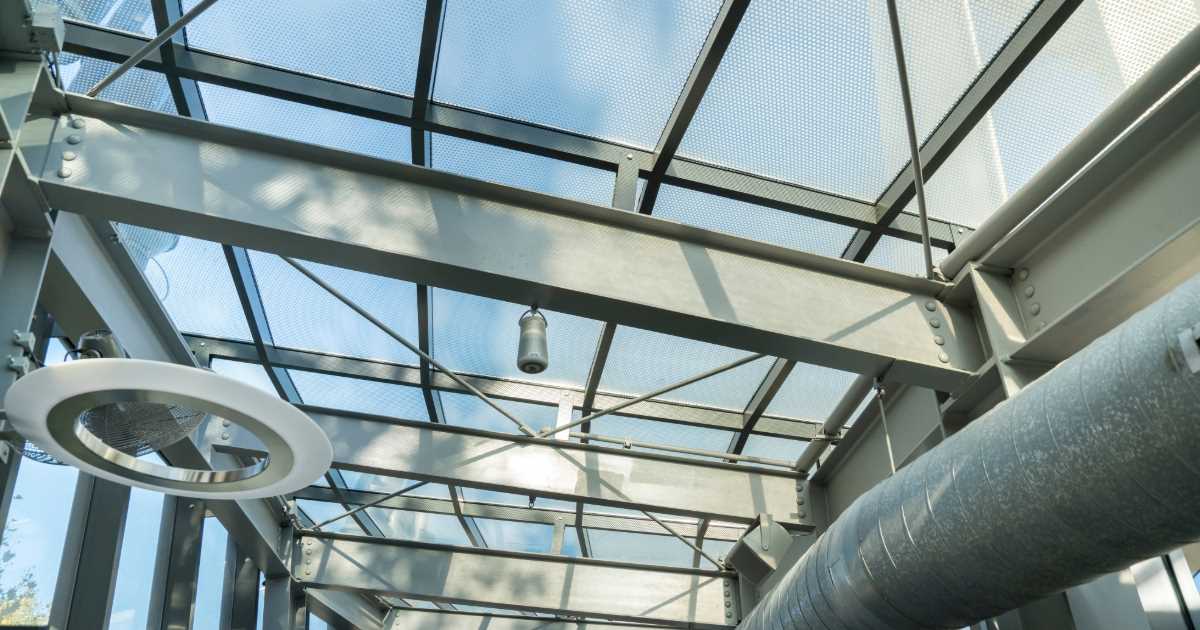
Businesses across various industries have adopted clear roofing panels for practical advantages:
- Warehouse and Retail Spaces: Improve employee productivity and customer experience with natural daylight, reducing operational costs.
- Greenhouses: Optimize plant growth with consistent light exposure, enhancing agricultural productivity and reducing energy use.
- Office Buildings: Create a comfortable work environment, boosting employee morale and reducing absenteeism.
Conclusion
In this comprehensive guide to clear roofing panels, we’ve explored their definition, types, benefits, maintenance tips, cost considerations, and real-world applications.
Considering clear roofing panels for your next project can transform indoor spaces with ample natural light while reducing energy costs and maintenance efforts.
At Pally Roofing, we are committed to providing high-quality roofing solutions that meet your needs and exceed your expectations. Contact us today to learn more about how clear roofing panels can benefit your property.
Get a quote for installation or request additional information to make an informed decision for your roofing needs.
Author
-

With more than 16 years of hands-on experience, Phillip Schmucker is the knowledgeable owner of Pally Roofing. His dedication to superior roofing services has earned him a reputable place in the industry. Phillip also shares his extensive expertise through writing, providing readers with practical tips and professional advice on various roofing topics. Follow him on LinkedIn.
View all posts


